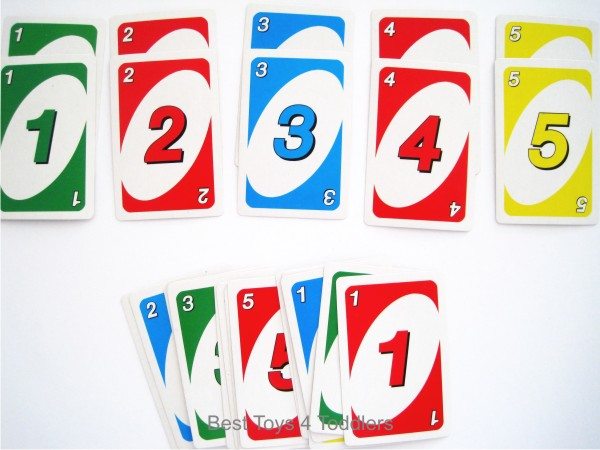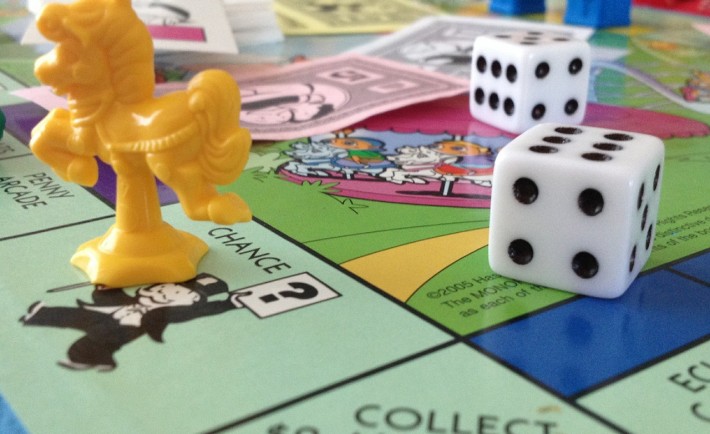Many parents, including my own, are guilty of spoiling their children with affection and attention. They spend money on the things that would make their child happy. Do not get me wrong! This is a normal reaction. However, excessively giving in to these impulses can lead to serious monetary consequences.
Awareness is the first step!
Repair your spending habits by knowing the “Four Ways To Waste Money As A Parent”:
ELECTRONIC ENTERTAINMENT
Back when I was a child, coloring books and sticker albums were all the rage. My friends and I used to compare each other’s collections and artworks. Let us fast forward to the present age. The children of today are utterly obsessed with Smartphone apps and video game consoles. Downloading no-cost gaming apps are okay, but its extras come with costly price-tags. Furthermore, the unit upgrades of video game consoles are insanely rapid.
For instance, the Xbox One may potentially be the last generational console from Microsoft. The renowned brand is looking forward to re-imagining consoles by combining its features with a Windows-operated PC.
DESIGNER CLOTHING FOR CHILDREN
Children can have sudden growth spurts. Thus, it is unnecessary to purchase loads of baby or toddler clothes. This holds true for shoes and socks as well. Instead, you may ask your friends and family members if they still have their kid’s outgrown clothes.
A kid’s wardrobe is both temporary and cluttered. This is why you must not purchase designer or boutique apparel.
SPECIAL BATHROOM PRODUCTS
The people behind children’s bathroom products lure you with the vibrant array of cartoon characters in their packaging. Barbie bath bombs and Angry Birds toothpaste sounds attractive in theory. However, they may contain chemicals that are harmful to your beloved child. Look at the ingredients rather than focusing on the pictures.
If you really care for the well-being of your child, you will take care of his or her health first.
INFANT FORMULA
Breastfeeding is among the most empowering gifts that women can offer to their babies. As much as you can, opt for breastfeeding because it will not only be healthy but also be able to save you as low as S$1,500 per year.
You may also borrow a breast pump from your friends or family members, but ensure that you change the plastic attachments. You can buy those for far less than a brand new pump.

Image Credits: pixabay.com
Whether you want to throw an extravagant birthday party or to purchase a domestic pet for your child, there are different ways to flush your money down the drain. It is time to make better choices for your family and your finances!










